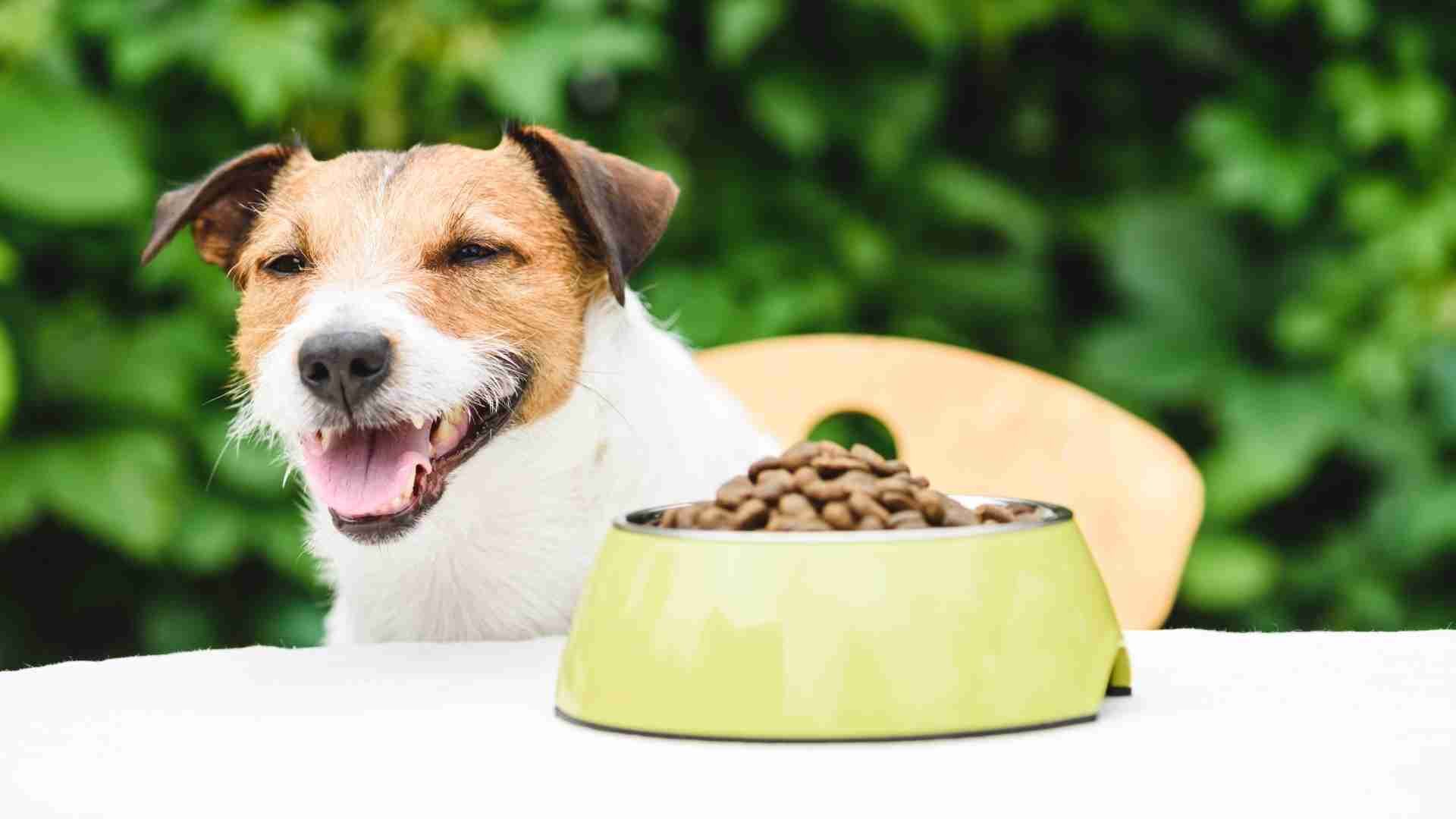Is your dog rejecting kibble? Owners have a variety of feeding selections, ranging from fresh dog food to canned food to raw food diets.
Kibble is simple and generally affordable, and your dog has been quite content eating it up till now. However, your dog may immediately turn its nose in the air when you place the bowl down, and the reason for this may be unclear.
Dog owners, fortunately, have options. Despite its conveniences, kibble isn’t the sole option for a dog’s main diet.
Contact your veterinarian before making any significant modifications to your dog’s food. There could be digestive or dental concerns if your dog suddenly stops eating something they’ve usually eaten.
If you discover that your dog is simply picky, plenty of alternative dog food options are available. Continue reading to learn more about your dog rejecting kibble.
Could your dog’s pickiness be a sign of a health condition?
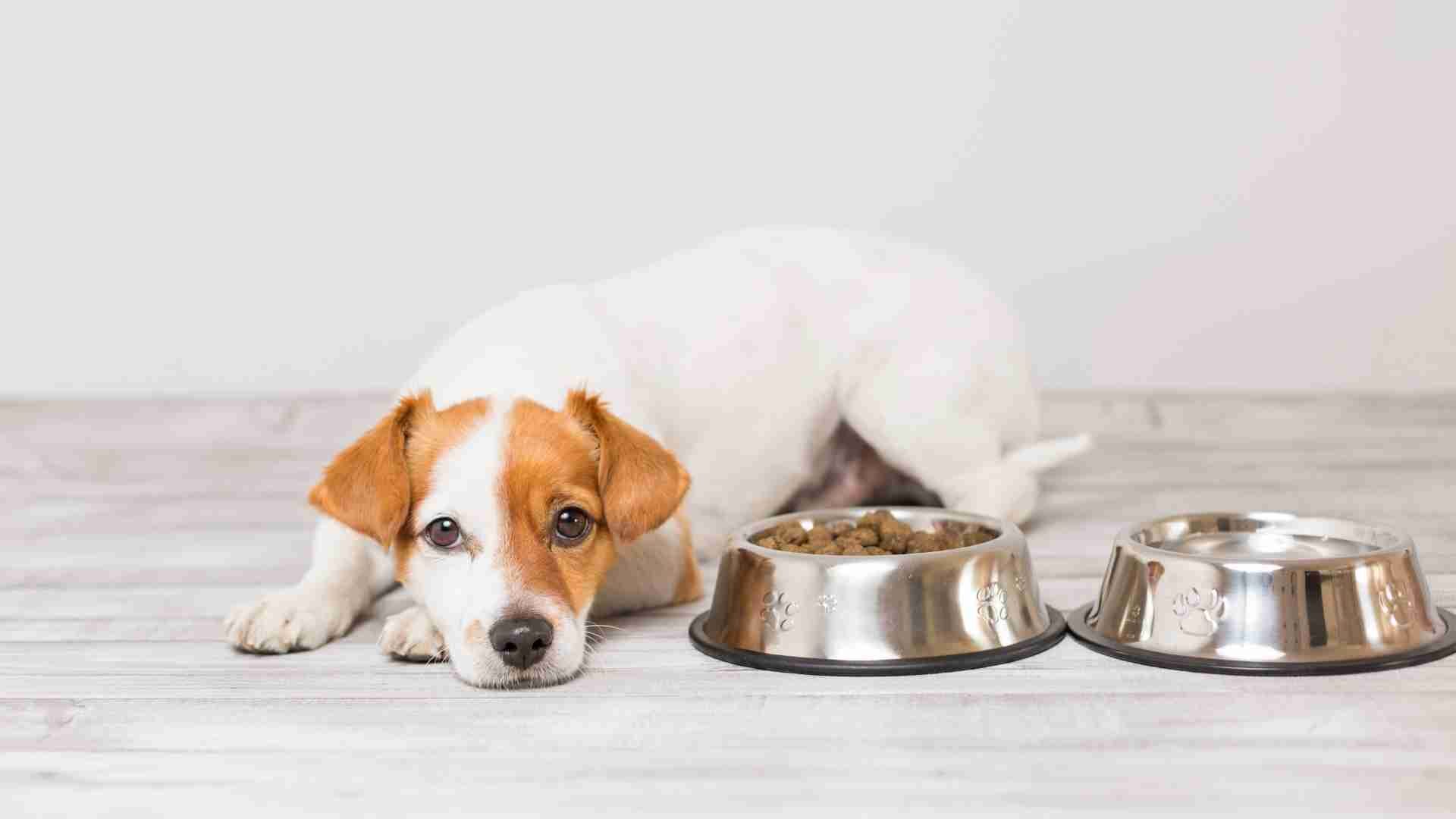
It’s serious, if not aggravating when your dog quits eating dry food or rejects to try kibble. While some puppies are fussy, others may have a medical condition.
Before you quit offering your dog kibble, figure out why they don’t like their dry food. Try these tricks to get him to dig in and eat more once you’ve figured out why your dog won’t eat dry kibble.
Discovering why your dog refuses to eat dry food might reveal a lot about their eating habits. It can also help you determine whether your dog requires medical attention due to a medical issue.
It’s critical to track your dog’s behaviour to rule out such a medical reason for his refusal to eat. If your dog suddenly stopped eating dry food, you should be concerned.
Some of the most prevalent health reasons for your dog rejecting kibble are listed below.
1. Nausea
Dogs, like humans, can have stomach problems. This could be due to several factors, such as eating anything they shouldn’t, nervousness, parasitic infections, or a more severe internal disease.
If your dog is suffering from a temporary stomach ache, it will likely resume eating the next day. Drinking enough water is another clue that your dog’s lack of appetite is stress-related. Dogs who do not regain their appetite should see a veterinarian.
2. Dental problems
If your dog starts eating but then quits, it could be suffering from tooth pain. Their curiosity about food indicates that they will have an appetite. However, their halting suggests that they have difficulty chewing their dry meal. This could be the case if your dog refuses to eat kibble but will consume wet food.
3. Arthritis
If your dog refuses to eat kibble but enjoys treats, he’s likely just a picky eater. Some dogs, meanwhile, refuse to eat from their dog plates due to arthritis-related neck stiffness. These dogs will consume kibble that has fallen to the ground or goodies from their owners’ hands.
4. Anxiety or stress
While consuming, some dogs become nervous or afraid. This might be due to a fear of other dogs, apprehension in a new location, a storm, or overall anxiousness. Isolate your dog in a room to see whether this is the cause of their lack of appetite. When left alone, they may eat. Storm anxiety is common if your dog refuses to eat throughout a storm.
What are the reasons why dog refuses kibble?
Below listed are the possible reasons for your dog rejecting kibble.
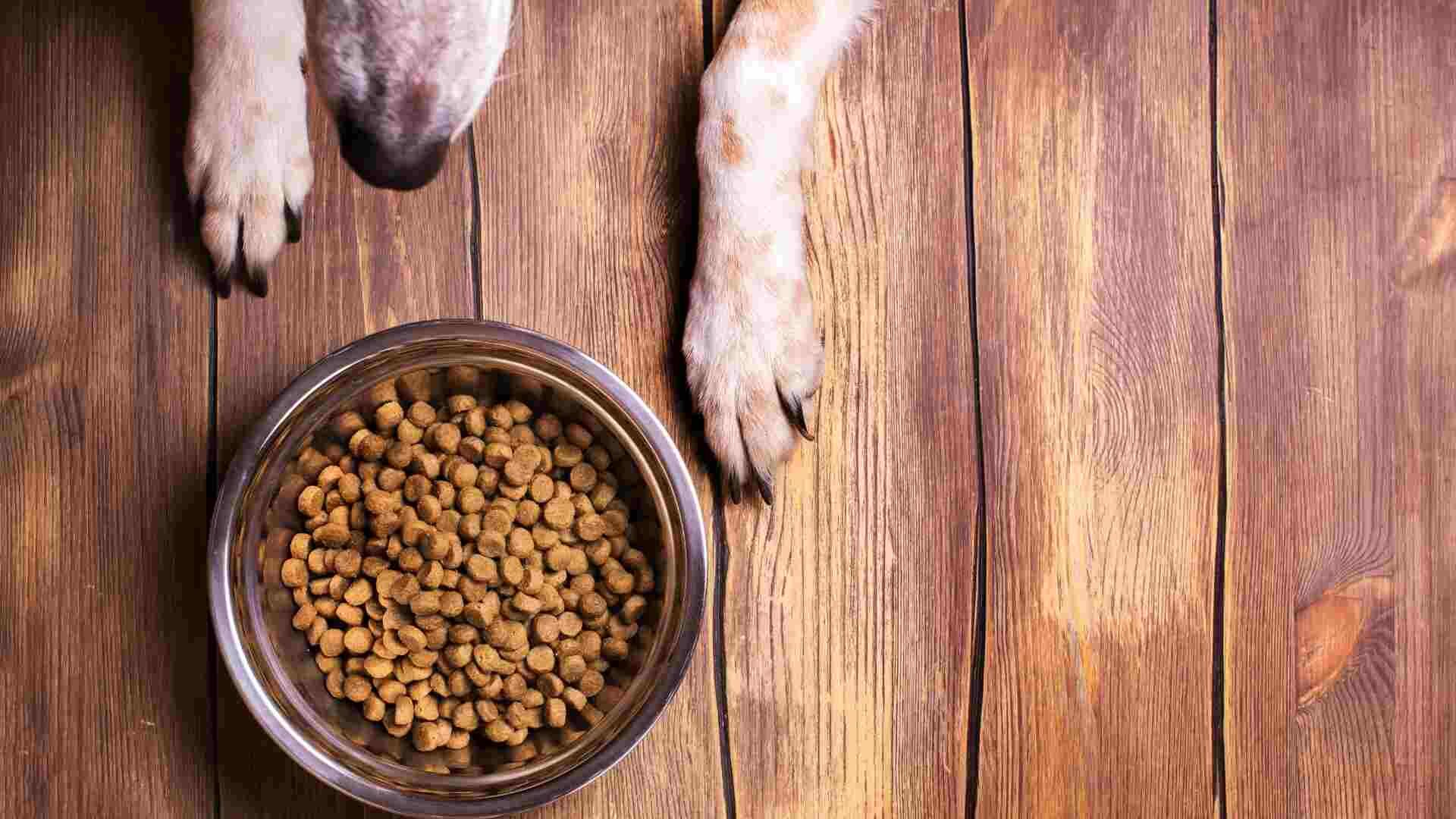
1. Age
Dogs often consume less as they get old. Many elderly dogs eventually transition to only eating one meal per day; if your dog is consuming one meal is fine but is refusing to eat the second, you may need to decrease the amount of food you provide them each day.
A loss of taste or scent could cause a decreased appetite. It could be because your dog isn’t spending as many calories as it formerly did; either way, you’re wasting food if you keep forcing unwanted meals in their faces.
2. New treatment or medication
One of the side effects of switching your dog to a new medicine could be a lack of appetite or nausea. Look at the label to see if something similar is listed.
Check with your veterinarian to see if there’s whatsoever you can do to lessen the medication’s side effects. This could include decreasing the dosage, combining it differently, or changing to a different medication altogether.
3. Indigestion
Your dog might have consumed something that upset them, leading them to reduce their appetite. Make a quick visual search of your residence and surroundings to determine if your dog has gotten into anything, such as human food, garden produce, or other items.
Take your dog to the doctor or call poison control right away if you find anything hazardous that looks like it’s been chewed on. If you locate the source of indigestion and this is something safe, you may either check it out (and feed your dog boiling chicken and rice till it goes) or give him an antacid.
4. Stress
Once your dog is stressed, they are not inclined to eat much. Stress can be caused by various things, including a recent switch and hectic living conditions. It can be anything as little as a replacement bowl.
If you fear stress is at blame, make every effort to maintain your dog’s schedule as consistent as possible. Feed them at about the same place and time each day, and maintain consistency in walks and other significant interactions.
More extensive changes, including relocating to a different home or getting a new dog, may take your dog longer to adjust. It’s also crucial to maintain some sense of normalcy for them, so don’t make drastic changes, such as switching to a different meal or treating them in another area.
5. Overfeeding
One of the explanations your dog can feel dissatisfied with their meal is that you’re giving them far too much. If you’ve been overfilling your dog’s bowl or allowing them to free-feed during the day, they might not have much hunger when you put a new bowl next to him.
Moreover, if you live with others, double-check with them to ensure no one is unintentionally feeding your dog twice (since you know your dog won’t object). It’s a plain error to make, so have a quick talk with all of your housemates about it.
6. Food dissatisfaction
Dogs would sometimes refuse to eat their food just because they disliked it. This is more typical if your dog is introduced to a new meal; consider swapping brands if your dog rejects to eat a new kibble.
If your dog is consuming the same product for a long time with no problems, you should inspect the package. It’s possible you received a bad batch; consider a better bag to see if the problem was isolated to that batch.
And it is always likely that your dog will refuse to eat their old kibble for any explanation. Try it to test if switching to a new recipe resolves the issue. This might be a great time to move your dog to a more nutritious kibble or even a new diet.
You might also try toppings such as wet food or unprocessed, freeze-dried meats. These may add flavour to your dog’s food and rekindle their curiosity about it. If your dog is merely dealing with partial anorexia, the most probable explanation is a dislike for their diet.
7. Too many snacks
Dry kibble is among the healthiest foods a dog can consume, but it’s not particularly interesting compared to steak, hamburgers, or anything else you’re eating.
Since you’ve been giving them so many snacks and crumbs, your dog may lose interest in boring old kibble. It’s like consuming too much ice cream and ruining your appetite for broccoli.
If you’ve been increasing the number of goodies you give your dog recently, reduce the amount and see if their interest improves. If this does, you’re almost certainly the source of the problem.
8. Recipe changes
Manufacturers occasionally change the formula for their kibble. You might not even notice anything has changed, but your dog would, and they don’t like it.
Examine the food for any differences, then double-check the contents list for any modifications. To see if any recipe changes have been revealed, go to the company’s website or search the dish.
Check for any reports that you may have overlooked while conducting your investigation. The last thing you need to do is continue to feed your dog tainted or unsafe food.
What are the different types of refusal in dogs?
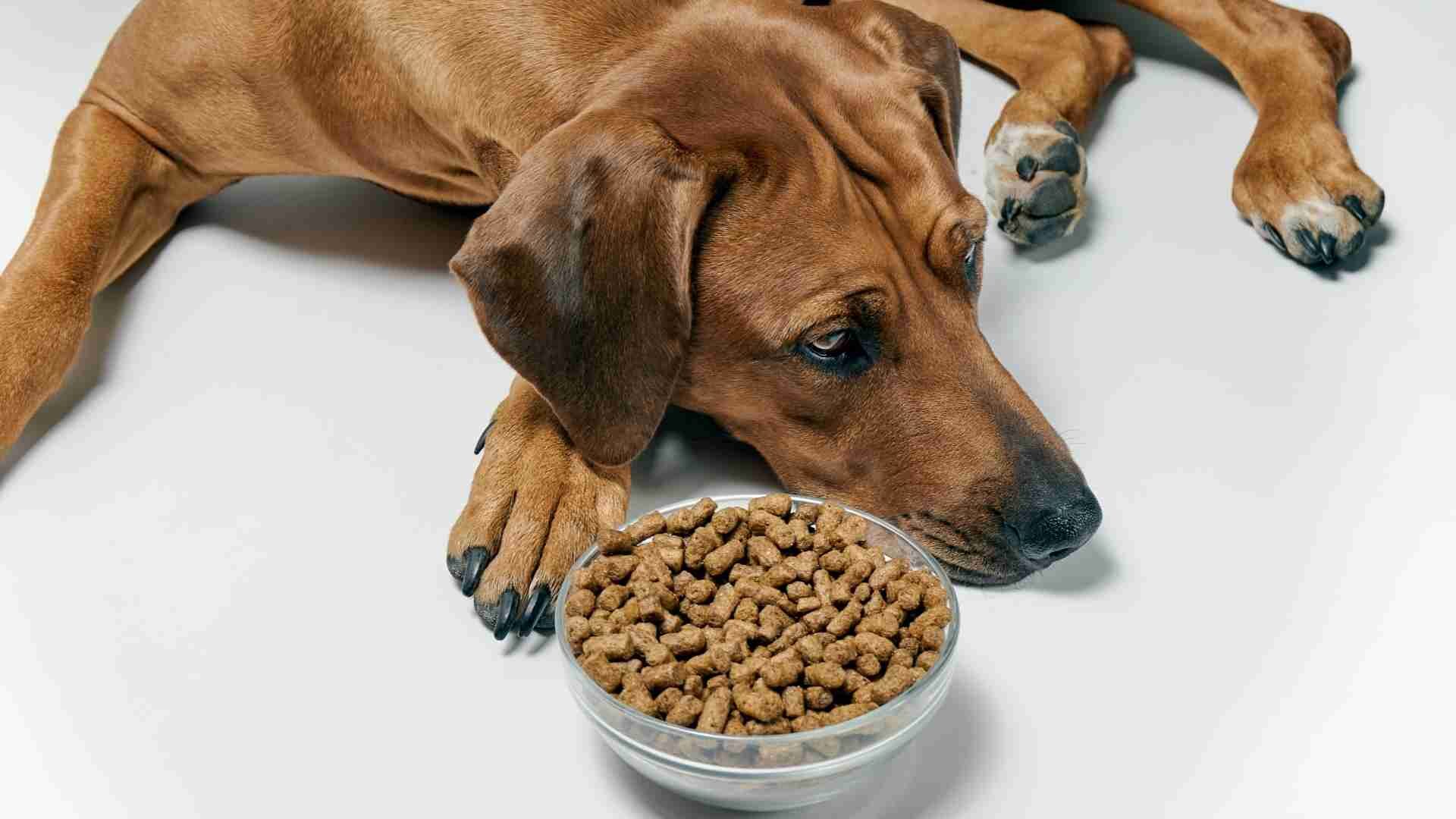
Anorexia is the term for a dog’s refusal to eat, similar to anorexia in people but is a separate condition. Anorexia can indeed be mild or full in dogs.
When your dog has partial anorexia, he will consume certain foods but avoid eating others. They may refuse to down their food but gobble up whatever treats you provide them.
When your dog has complete anorexia, he barely eats anything. This is usually far more serious than partial anorexia.
The third type of anorexia is known as “pseudo-anorexia.” It occurs when your dog desires to eat but cannot do so due to a medical condition (such as bad teeth).
You can start diagnosing and treating your dog’s anorexia once you determine what type of anorexia they have.
An abrupt lack of appetite might indicate a variety of health problems. If your dog rejects to eat, you must visit your veterinarian to ensure that they are healthy.
This is particularly true if the loss of appetite is associated with other symptoms such as vomiting or diarrhea. These are significant concerns, and you should have your dog examined right away.
Infections, intestinal blockage, liver failure, and other diseases can all cause a loss of appetite. It may also be something more harmless, such as a vaccination reaction.
Another typical cause is dental difficulties, particularly in puppies who refuse to consume gritty kibble. If your dog’s teeth are damaged or broken, chewing will be difficult for them, refusing to eat their dry food.
If your dog’s medical assessment is negative, you can go on to further possible problems with your dog rejecting kibble.
How to encourage dogs to eat dry food?
Below listed are six tips on encouraging your dog against rejecting kibble.
1. Boost your dog’s hydration
Water should be added to your dog’s kibble, and its water bowl should be placed near its meal dish to promote greater hydration. Dogs may require more fluids to feel motivated to eat their kibble.
2. Make your dog’s food taste better
Your dog may dislike the food you’re feeding them. Changing to a higher-quality food may answer your dog’s fussy eating habits for good.
To enhance your dog’s dry food more appealing, use a food topper. Most dogs are utterly bored with their current diet.
3. Purchase a new dog bowl
Invest in a higher dish if you suspect your dog’s joint problems are the explanation. They desire to be hand-fed. Alternatively, you can place your dog’s bowl on a stool.
If your dog eats from a plastic bowl, replace it with a stainless-steel bowl that you can wash frequently. Because stainless steel is nonporous, bacteria and odours are less likely to stick to it.
Invest in a bigger dog bowl. Your dog may have whisker tiredness or be unable to remove the kibble from their present bowl.
4. Change up your dog’s food schedule
Feed your dog less frequently throughout the day and sweep up their food when they refuse to eat. Hunger is a powerful motivator for eating.
5. Reduce the size of your kibbles
Larger chunks of kibble can be difficult for small dogs and puppies to swallow. Dinnertime may become a chore. In such circumstances, be sure to buy puppy-specific dry food. Smaller kibble allows your dog to rediscover the delicious food.
6. Check the expiration date on the kibble
Dry dog food can spoil. It can stink and taste bad when this happens. Inspect for an expiration date on your dog’s kibble. Is it still in its package? Give it a sniff if you moved to another container. It could be harmful if it smells somewhat sour. Expired dog food is also unpleasant.
It’s time to get some new food if that’s the case. Purchasing your dog’s food in smaller amounts can help lessen the chances of it going bad.
6 meal topper ideas for dog kibble
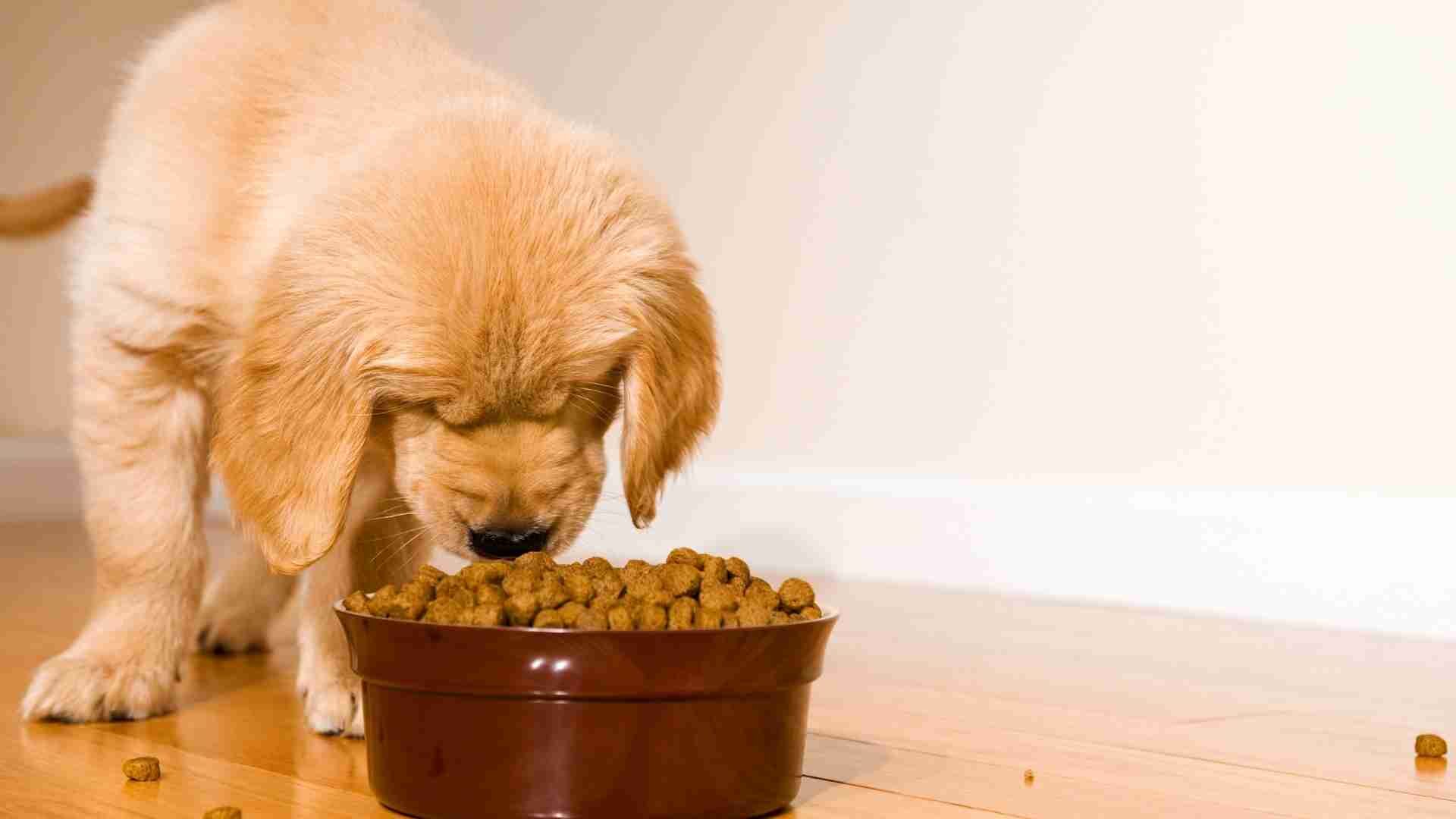
Below listed are six meal topper ideas for your dog rejecting kibble.
- For example, apples, carrots, and green beans can be roasted, dried, pureed, or sliced up raw. Onions, grapes, and garlic should be avoided. Learn more about dog-friendly options.
- Raw, freeze-dried meats provide a nutritional boost to your dog.
- Unsweetened tinned pumpkin is high in fibre and good for soothing upset stomachs.
- Vitamins, minerals, electrolytes, enzymes, proteins, and fatty acids are all found in goat milk. In 20 minutes, most dogs can ingest goat milk!
- Active bacteria in yogurt can function as a probiotic and benefit your dog’s digestive tract.
- Bone broth is a delicious and nutritious way to boost your immune system. It has been proven to help dogs with persistent skin allergies and arthritis.
How to get your dog to start eating its kibble?
1. Change to something tastier
It may be as easy as switching to a different meal to persuade your picky dog to eat.
Regrettably, your dog is unable to communicate. Your dog may be attempting to convince you that he doesn’t enjoy the taste of his food by refusing to eat it.
The good news is that better cuisine doesn’t have to cost more. Many picky dog owners find success switching to a less expensive kind. Cheap doesn’t always mean tasteless.
2. Make feeding time a game
Picky eaters prefer playing with their meal rather than eating it. You may teach your pet to do both with the assistance of a good feeding toy.
Feeding toys mix eating and play. They’re also an excellent technique to get a dog to eat his meal if he’s fascinated with toys. A feeding toy can be just what you need to entice your dog to consume his food.
3. Reduce the number of treats
If your dog rejects to eat, you shouldn’t give him treats.
Treats should make up 10% of your dog’s daily calorie consumption. If you give your dog any more goodies than this, you’re giving him more than he needs.
Too many snacks might ruin a dog’s appetite. If you offer your dog too many snacks, try limiting or removing treats from his diet entirely.
4. Make a secure environment
If thunderstorms or pyrotechnics cause fear, some dogs can refuse to eat. Many owners claim that a thunder vest remedied the problem.
Distractions can sometimes make it difficult for a dog to finish his supper. It can be challenging to concentrate on eating if you are lavishing attention on your dog or if your child is begging to interact with the dog.
It’s also difficult to concentrate on eating when an angry dog is close. Eating in a new environment might cause a dog to become stressed and refuse food.
5. Make a schedule
Consistency is essential on your dog rejecting kibble. If your dog has an irregular eating routine, he will likely eat his food irregularly.
Dogs are similar to babies. They thrive on routine. Your picky eater may only require a little regularity in his life if you establish a good practice.
6. Put kibble on the floor and play
Sit next to your puppy and drop a little kibble on the ground. As your dog finishes one piece, move one further apart.
Your playful dog will be more inclined to eat his food if he believes it’s a game.
You can convert to a bowl once he has a taste for his food, which may take several times.
7. Eliminate bad behaviors
If you offer your dog a wide variety of meals, he may ignore his regular dry food to see if you’ll feed him anything better, mainly if you’ve previously offered him wet food or human food. Adhere to a particular routine every day and give your dog his regular dry food to make him change his pickiness.
Watch How to get a picky dog to eat kibbles | Video
Below are five frequently asked questions (FAQs) on your dog rejecting kibble, followed by appropriate answers.
When does picky eating turn into an issue?
There’s no requirement to worry if your dog has been a finicky eater.
A choosy dog who keeps a healthy body weight is energetic and cheerful and has a lustrous coat is far less concerning than one who has lost a few kilograms and has a dull coat.
Also, if your dog is a frequent eater and suddenly stops, it could indicate that something is amiss. One sign is picky eating.
Why does my dog eat treats?
Spot’s specific loss of appetite could be due to several reasons. Not all of them are signs of a significant problem, but it will almost certainly become one if you don’t strive to break him of this habit.
Why isn’t my dog interested in the food?
Some dogs are finicky. You’ll be acquainted with this refusal to eat specific foods if you’ve ever been in control of a child. Your dog isn’t sick or in danger; he’s picky. That can be aggravating and unpleasant, but you can’t make your pet eat anything they don’t enjoy.
Does pet food spoil?
Many pet owners believe that it will be fine as long as their pet’s food is stored correctly. That is not correct. Pet food spoils just like human food, so frequently check the expiry dates and meals. If you discover any strange odours, visible mould, or other alarming signs, throw out the old food and replace it immediately.
What has caused my dog to stop eating suddenly?
The majority of dogs will eat anything they come upon. If your dog usually is healthy but has lost his appetite, he may be suffering from an illness. You’ll need to speak with your usual veterinarian and have your dog inspected to determine precisely the condition.
Conclusion
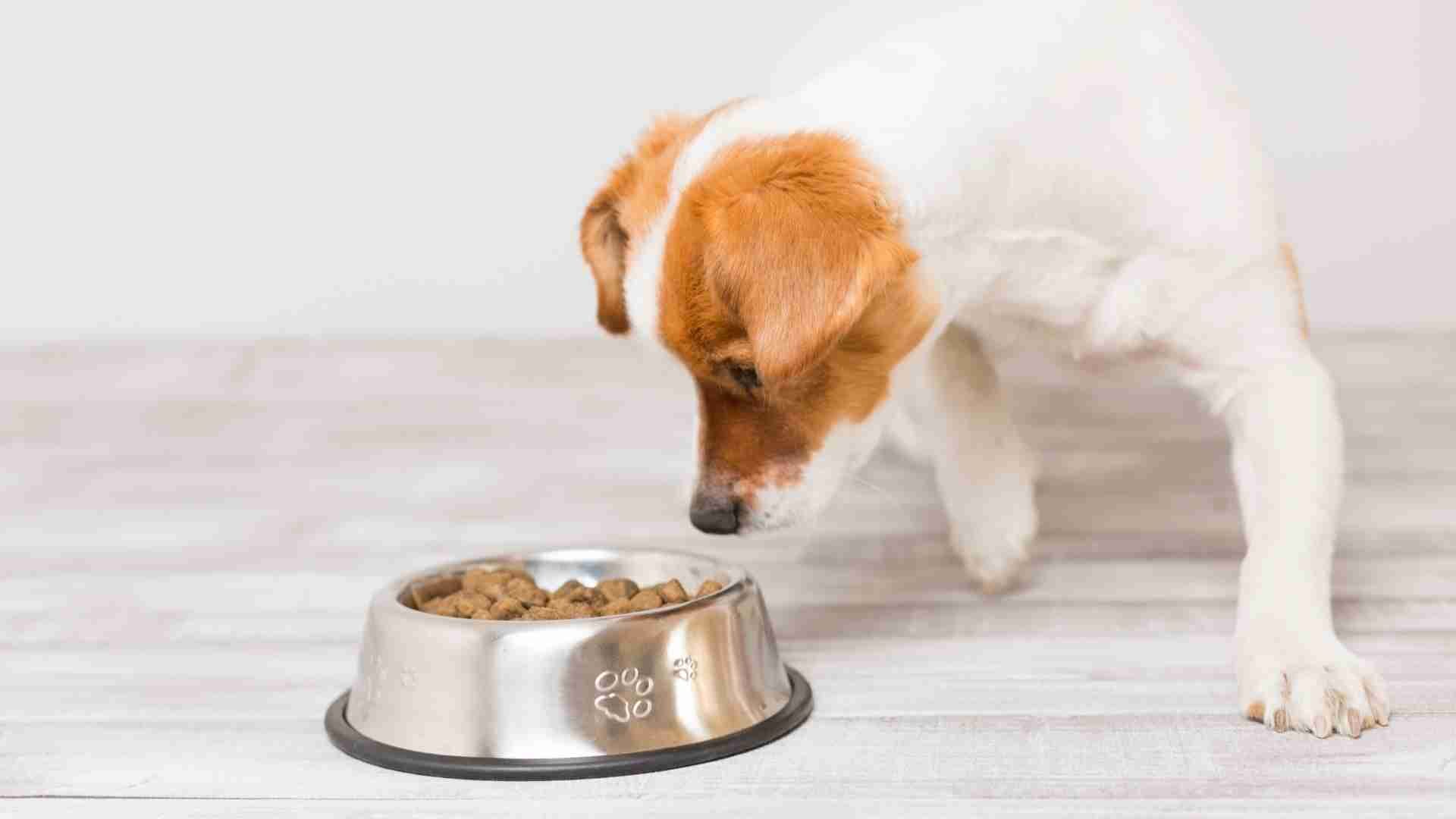
This article explained the potential causes of your dog rejecting kibble concerns. The article also explains the solutions to what you might do regarding your dog rejecting kibble. Frequently asked questions regarding your dog rejecting kibble are also answered.
Bottom up
Please comment below about your ideas and share this “What Are the Reasons for Dog Rejecting Kibble: Guide to Do” article with your friends.
Stay tuned with our website to find out more exciting stuff. Don’t forget to check out our previous articles too.
Until the, Read about, How to Travel with Your Dog on a Train: Guide with Tips

